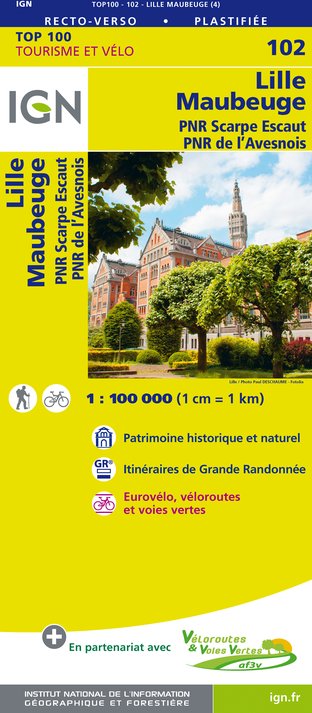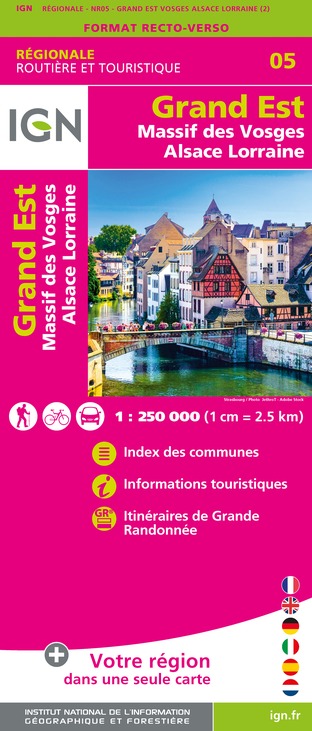Alert
Alerts
Hauts-Pays natural Park





Description
In Wallonia, the expression "natural park" refers to "a rural area of great biological and geographical interest, subject to measures designed to protect its environment, in harmony with the aspirations of the populace and the economic and social development of the area in question." Officially recognised on July 20, 2000, the Haut-Pays Natural Park is one of nine natural parks in Wallonia. The Haut-Pays natural Park spans land belonging to six villages: Colfontaine (the forest of Colfontaine); Dour (the rural former districts of Blaugies, Petit Dour, Wihéries and South Elouges); Frameries (Sars-la-Bruyère, South Eugies and Noirchain); Honnelles; Quévy; and Quiévrain (the former districts of Baisieux and Audregnies). The park is about 38 795 acres big, with 20 000 inhabitants. It includes the water divide of Belgium's two main river basins: the Scheldt River and its tributary the Haine and the Meuse River and its tributary the Sambre, in its French course.
Technical Information
Altimetric profile
IGN cards








Data author
